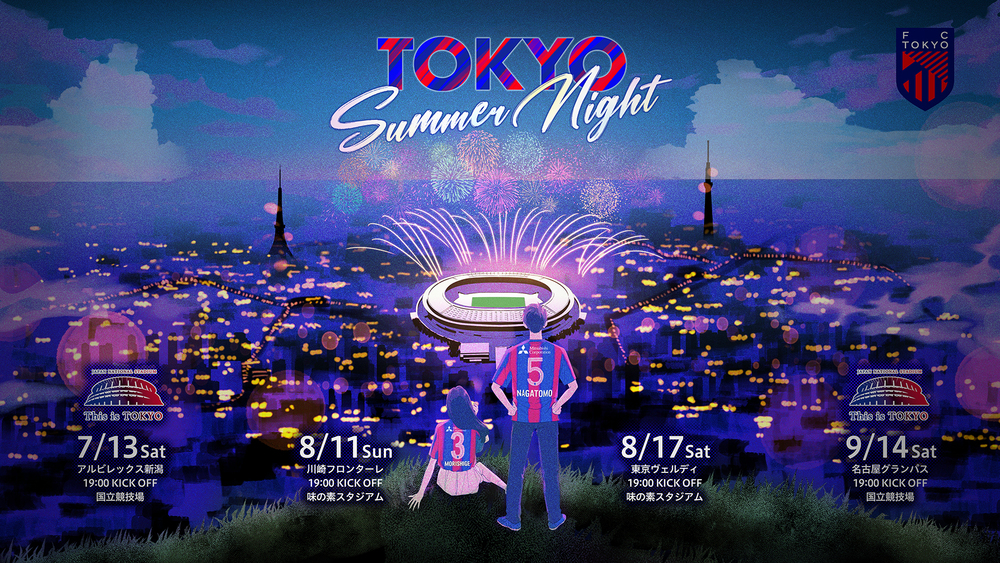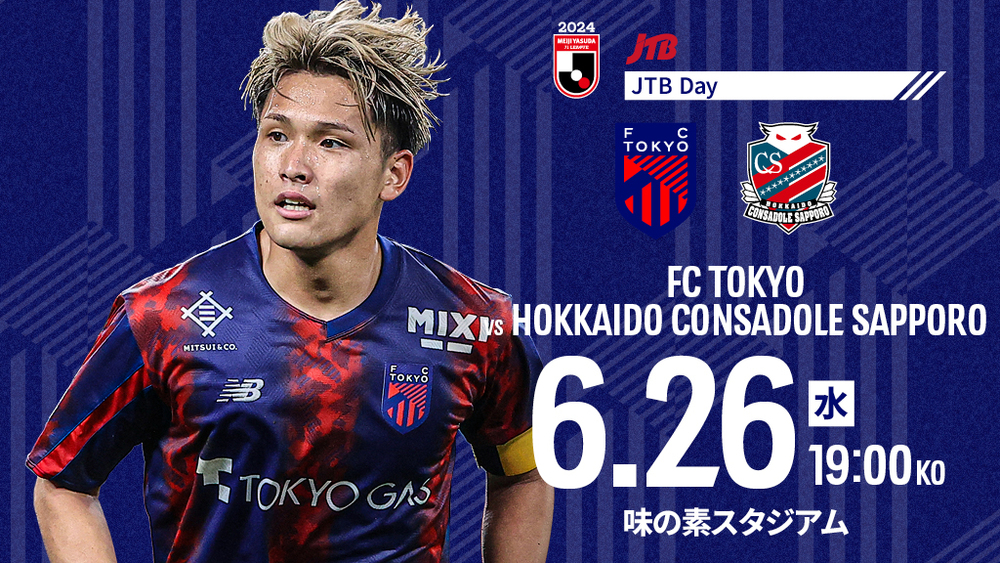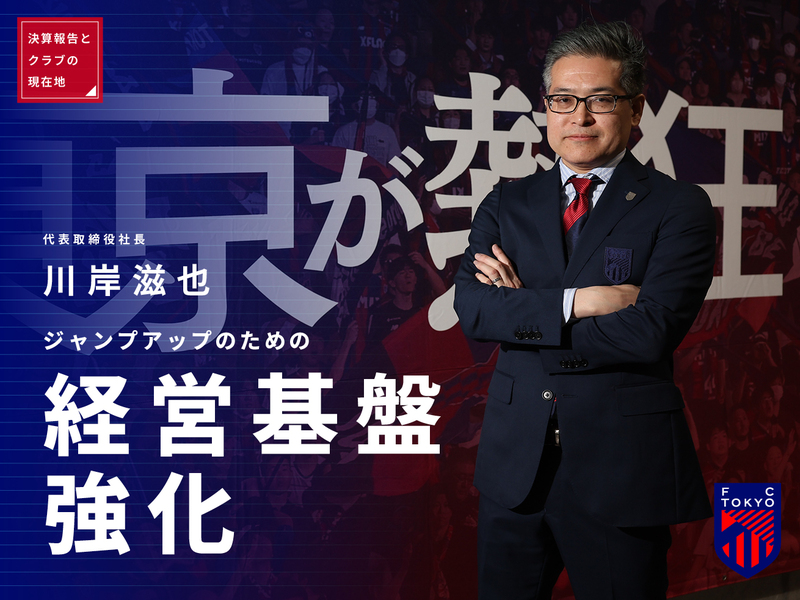The 2024 Meiji Yasuda J1 League concluded the first half of the season with the match against Shonan Bellmare in Sec. 19 held on June 22. Tokyo has reached the halfway point of the season with 8 wins, 6 draws, and 5 losses, totaling 30 points, with 29 goals scored and 26 goals conceded, placing them in 6th position while aiming for a spot in the upper ranks.
What kind of battles has Peter Tokyo shown in the first half of the season? And what is needed for a comeback in the second half?
Text = Tomo Aoyama
Harvests and Challenges Seen in the First Half
There were decisive victories, frustrating matches, and hard-earned wins. The blue-red team, which actively reinforced its squad with new players before the season, is transforming into a team with great potential for the future, thanks to the growth of its young players. It was such a first half of the season.
Above all, the biggest change since last season is the significant improvement in scoring ability. After 19 league matches, the gains and challenges have become clear. Overall, it can be said that the team's way of fighting has definitely been built up.
First, let's look back at the performance in the first half of the league using data.
Due to the different total number of matches in the league, a simple comparison cannot be made, but when comparing it to the first half of last season, it is clear that while scoring ability has significantly improved, the number of goals conceded has also increased.
2023 First Half of the Season (17 Matches)
12th Place
5 Wins, 4 Draws, 8 Losses (Points 19)
22 Goals, 28 goal difference
2024 First Half of the Season (19 Matches)
6th Place
8 Wins, 6 Draws, 5 Losses (30 Points)
29 Goals, 26 Goal Difference
The addition of Ryotaro ARAKI through transfer is the biggest positive factor for improving scoring ability. Furthermore, the diversification of scoring patterns has allowed many players to get involved in goal-scoring opportunities, which is also significant. The team has become one that can earn points based on high scoring ability.
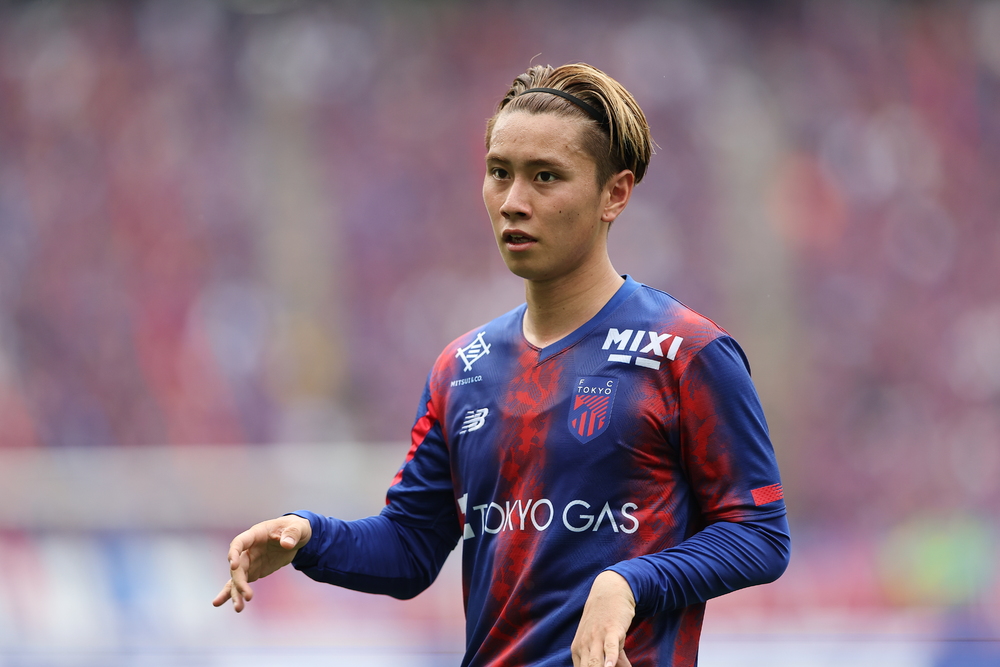
First, Cerezo Osaka's opening two matches against Sanfrecce Hiroshima ended in draws, both coming from behind. Araki has shown remarkable performance by scoring all three goals in the first two matches, and continued to produce goals thereafter. He fully displayed his exceptional attacking sense and quickly established himself as the team's primary source of scoring.
Additionally, these first two matches also demonstrated the team's resilience.
In the 2023 season, the record for matches where we conceded the first goal was 1 win, 2 draws, and 13 losses, which was a tough result. However, we successfully fought hard here to earn points. Furthermore, in the first half of the season, we recorded 2 wins, 6 draws, and 4 losses in the 12 matches where we conceded the first goal. To compete for the championship, we need the ability to turn losses into draws and draws into wins, so it is positive that we are gradually accumulating points and making progress. There is no doubt that the team is growing by developing the scoring ability to recover in matches where we concede the first goal.
That said, it is concerning to counterattack after being led. The fact that we have conceded the first goal in 12 out of 19 league matches is a significant point for reflection. This season, we have achieved 6 wins and 1 loss in the 7 matches where we scored the first goal, so it is crucial to see how we can take the initiative in our games. First, we need to improve our concentration in various situations, such as conceding goals at the start of both halves, conceding multiple goals in a short period, conceding immediately after scoring, and how to manage the game to secure a win. If we can unify our intentions from the front line and maintain balance, our ranking should definitely improve. As a club, while we are promoting "+1 Goal (One more Goal)," it is also necessary to establish a path to victory from defense, as seen in the matches against Sagan Tosu in Sec. 17 and Shonan Bellmare in Sec. 19, and to demonstrate our skill in managing games.
To understand how the team has become capable of scoring from anywhere, it would be quick to look at the breakdown of the goal scorers. Last season, Diego OLIVEIRA was the team's top scorer with 15 goals, but only 5 other players scored multiple goals besides Diego. A total of 16 players scored for the team, but this season, at the halfway point, 6 players have already recorded multiple goals, and a total of 15 players have scored.
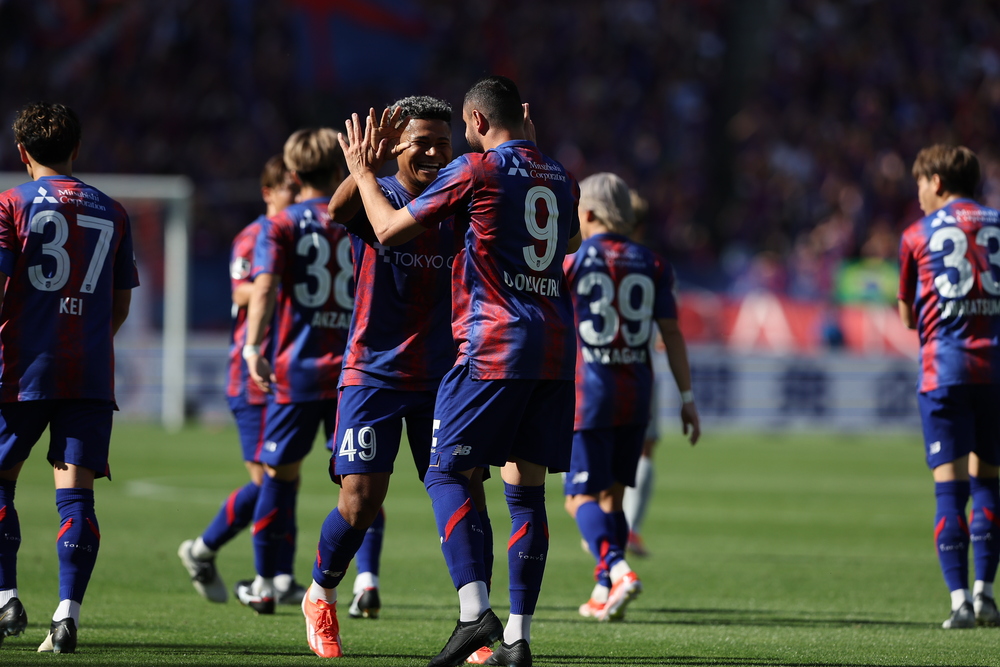
The pattern of the opposite side back entering for crosses has been established as a team, and further, the left side's Kota TAWARATSUMIDA has developed a form of attack that has become a signature pattern. Additionally, players like Araki and Teruhito NAKAGAWA, who enter the front line, contribute to the build-up of attacks as a "zero top" style, which has functioned as a symbol of Tokyo's attack this season. The depth of the player roster has increased, and the ability to power up the pitch through substitutions can also be considered a characteristic of the 2024 season.
However, as exemplified by the matches against Nagoya Grampus in Sec. 14 and Júbilo Iwata in Sec. 18, it is clear that when forced into a situation lacking offensive options, it becomes quite difficult to find a breakthrough. What can be done in scenarios where the defense is solidified and the team cannot exhibit offensive capabilities will be a significant challenge heading into the second half of the season. If ideas, combinations, and tactical maturity to break through are not enhanced, there is a high possibility of repeating similar scenes and struggling in matches. Given that the attacking lineup consists of players with various characteristics, how to combine them and make the team function effectively is crucial. We should also pay attention to the coach's decisions as they adapt while observing the opponent's moves.
Regarding player deployment, despite the increasing number of injured players causing headaches in selecting the lineup for many matches, the players sent onto the pitch stood out by delivering solid results. Yuto NAGATOMO was called up to the Japan national team, Kuryu MATSUKI, Taishi Brandon NOZAWA, Kashif BANGNAGANDE, and Araki were called up to the U-23 Japan national team, and Ryunosuke SATO was away from the team for an extended period due to activities with the U-19 Japan national team. This also had some impact on condition adjustment and the maturation of team combinations, but national team activities contribute to the individual growth of the players. Additionally, during their absence, the players wearing the blue and red uniforms rallied to achieve three consecutive wins so that it would not be said that "the team struggles without the national team members." Although there is difficulty in having the national team members fully focus on Tokyo, the team seems to be improving steadily while competing throughout the season.
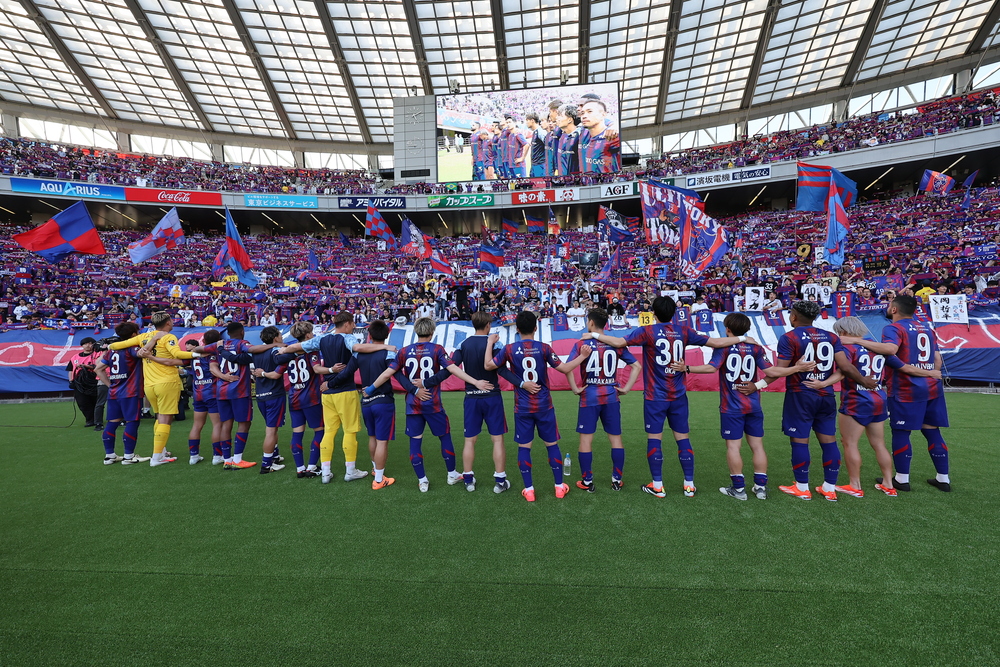
Young Tokyo's Performance
The major takeaway from the first half of the 2024 season is undoubtedly the rapid growth of young players. The fact that Kanta DOI and Takuya Tawaratsumida both started in the opening match as teenagers symbolizes the success of Young Tokyo, including the Paris Olympic generation. The U-23 Japan national team quartet has become an essential backbone of the team, and Soma ANZAI has also emerged as a key player, supporting the team with dedicated play primarily on the right wing. The victory against Urawa Reds in Sec. 6, with an average starting lineup age of 22.73 years, marked a significant result that highlights a new era. Additionally, in the second leg of the J.League YBC Levain Cup playoff round against Sanfrecce Hiroshima, Divine OTANI from FC Tokyo U-18 scored the first official goal for the top team with a powerful header. Young talents are making a significant impact.
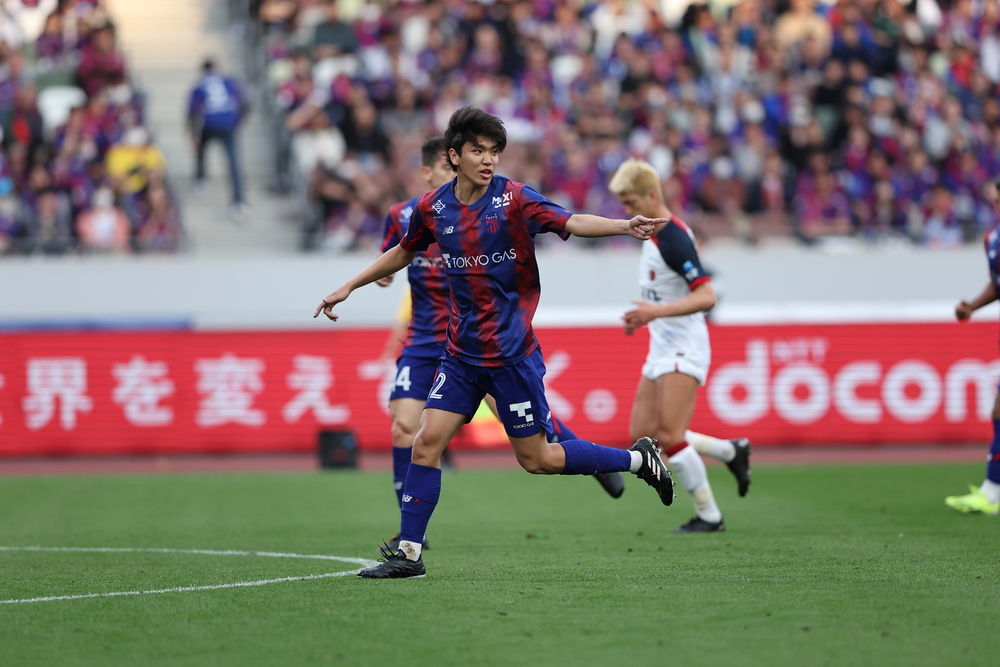
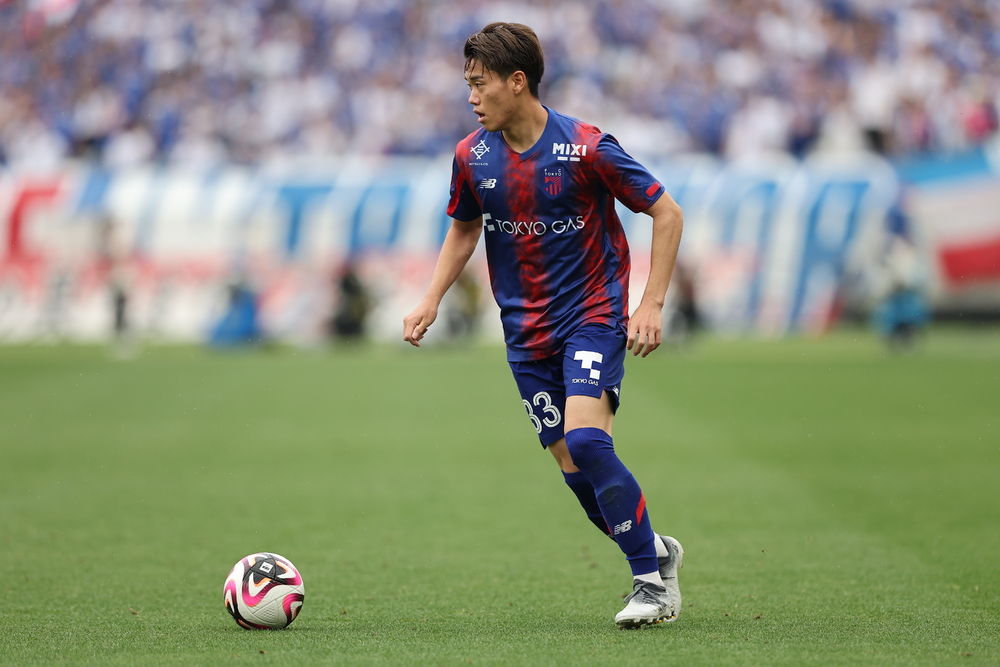
The rise of young talent has significantly intensified the competition for positions within the team. Due to the depth of the player pool, there were times when even experienced players could not make it to the bench. However, the battles have allowed for heroes to emerge in each match, clearly demonstrating that the competition at Kodaira Ground translates to the official match pitch.
Additionally, winning away games against Fukuoka, Sapporo, and Tosu, which were considered "difficult matches" until last season, successfully dispelled the bad jinx and is a significant topic for the first half of the 2024 season. However, the ongoing inability to win at home at Ajinomoto Stadium remains a major concern. While the 2023 season had 8 wins, 1 draw, and 6 losses in 15 matches, this season has only 1 win, 4 draws, and 3 losses in 8 home matches. Continuing the unbeaten streak at the National Stadium while improving the record at Ajinomoto will be a key factor for rising to the top.
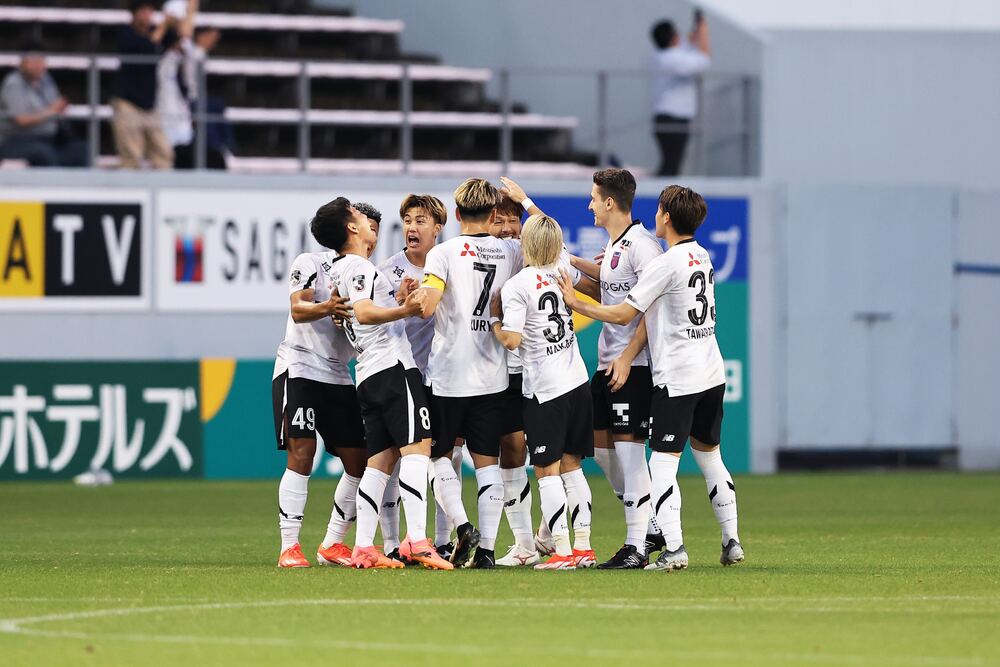
Captains' Perspectives
Although there were many positive aspects in the first half of the season, it is also true that there were several matches where we dropped points due to unnecessary goals conceded. One of the captains, Kei KOIZUMI, summarizes the first half of the season.
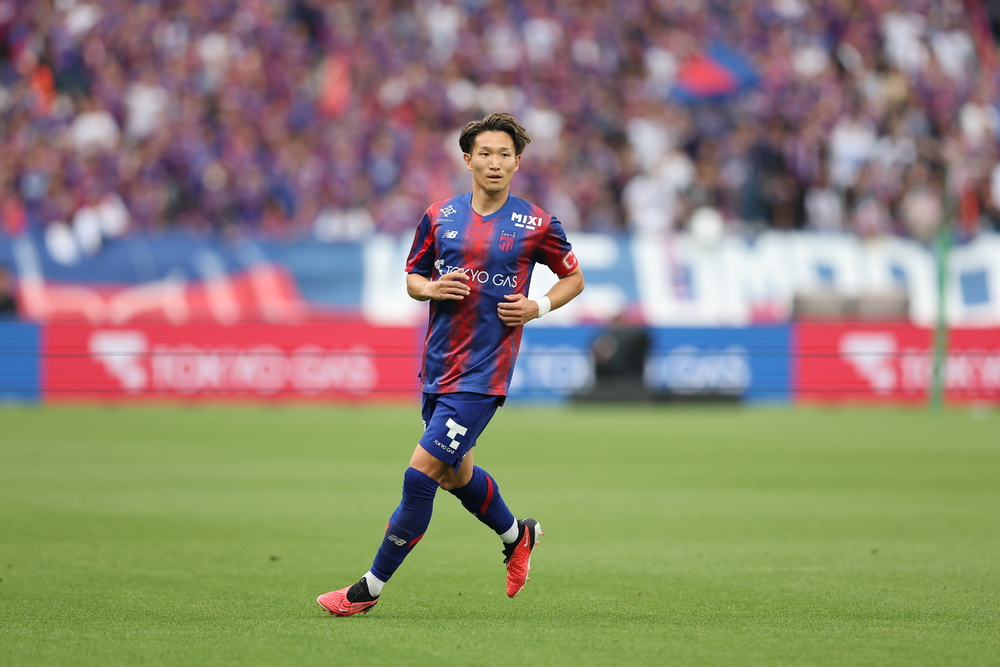
"Not everything goes smoothly, and I don't think it's that easy. However, as a team, I believe we can climb higher in the rankings, and I understand the areas we need to improve. I want to focus on myself and aim for the top with a sense of unity. If only the players work hard or only the fans and supporters get excited, we will never achieve victory. Tokyo is undoubtedly strong when everyone's power comes together, so while concentrating on the upcoming matches and plays, I want to ensure we can have those kinds of matches together every game."
Characteristics of a strong team──. One of them is that each member seeks to support one another and fulfills the responsibilities that come with their statements. The captain, Matsuki, also expresses his thoughts on the team's changes and his own feelings.
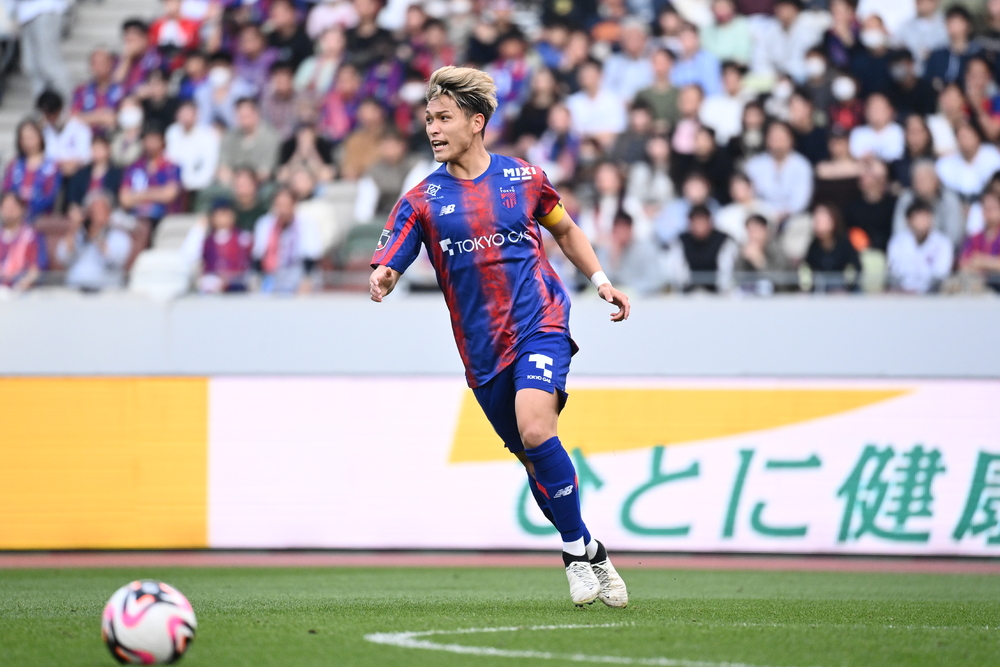
"This season, the team has started to demand more from each other. Various young players are getting game time, and they are able to communicate well and ask for what they need from those around them. As long as we are on the pitch, we must work equally towards a single victory. Everyone has started to voice their thoughts, but I want them to demand more, to express their desires more, and to act for the betterment of the team. I also intend to keep encouraging the team. To do that, whether in practice or in games, I will first do my best, run the most for the team, and take the lead in fighting for the ball. Anyone can just talk; we need to be recognized by the team as well."
Another captain who knows the history of Tokyo, Masato MORISHIGE, mentions that this point lies in the game at Ajinomoto Stadium.
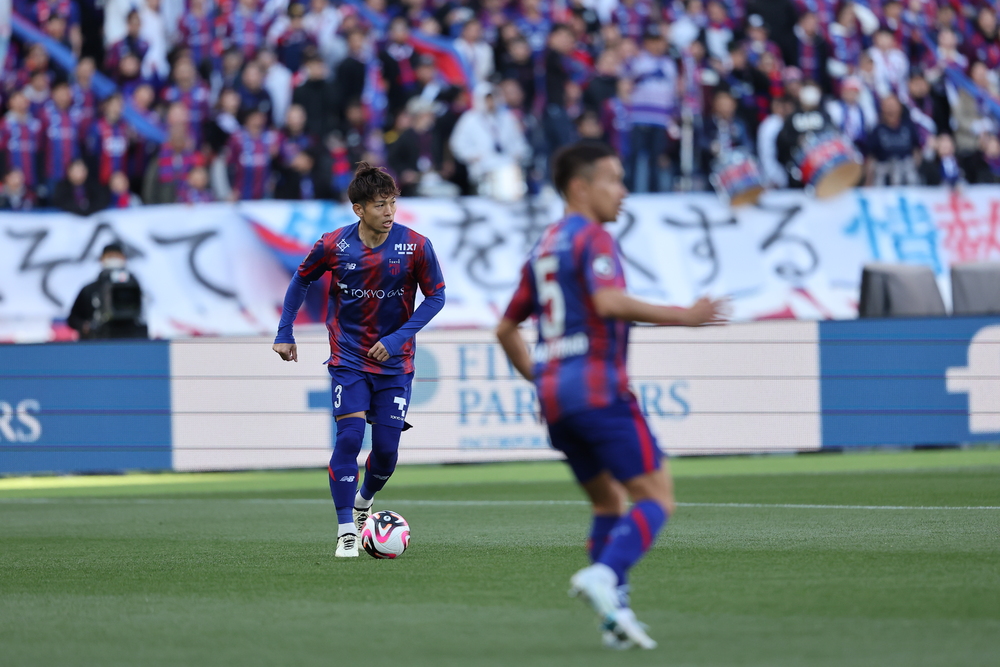
"We are responsible for not winning despite having so many fans and supporters coming to see us. The team's strength at home gives us momentum, so in the second half of the season, we definitely want to win at Ajinomoto."
From multiple perspectives, the team is definitely moving forward. However, the first half of the season was also one where we felt we could have achieved better results. In the second half, injured players will gradually return, but we also expect some U-23 players to be absent due to the Paris Olympics. Even so, by focusing on the details to reduce easy goals conceded and demonstrating the competitive edge we have started to show, advancing further up the standings is by no means impossible. After the Shonan match, banners appeared behind the goal saying "Aim higher! We can do it," and "Comeback in the second half." Both the players on the field and the fans and supporters fighting alongside them definitely feel that more can be done. In the second half, we want to firmly connect that feeling to results with everyone's effort.
